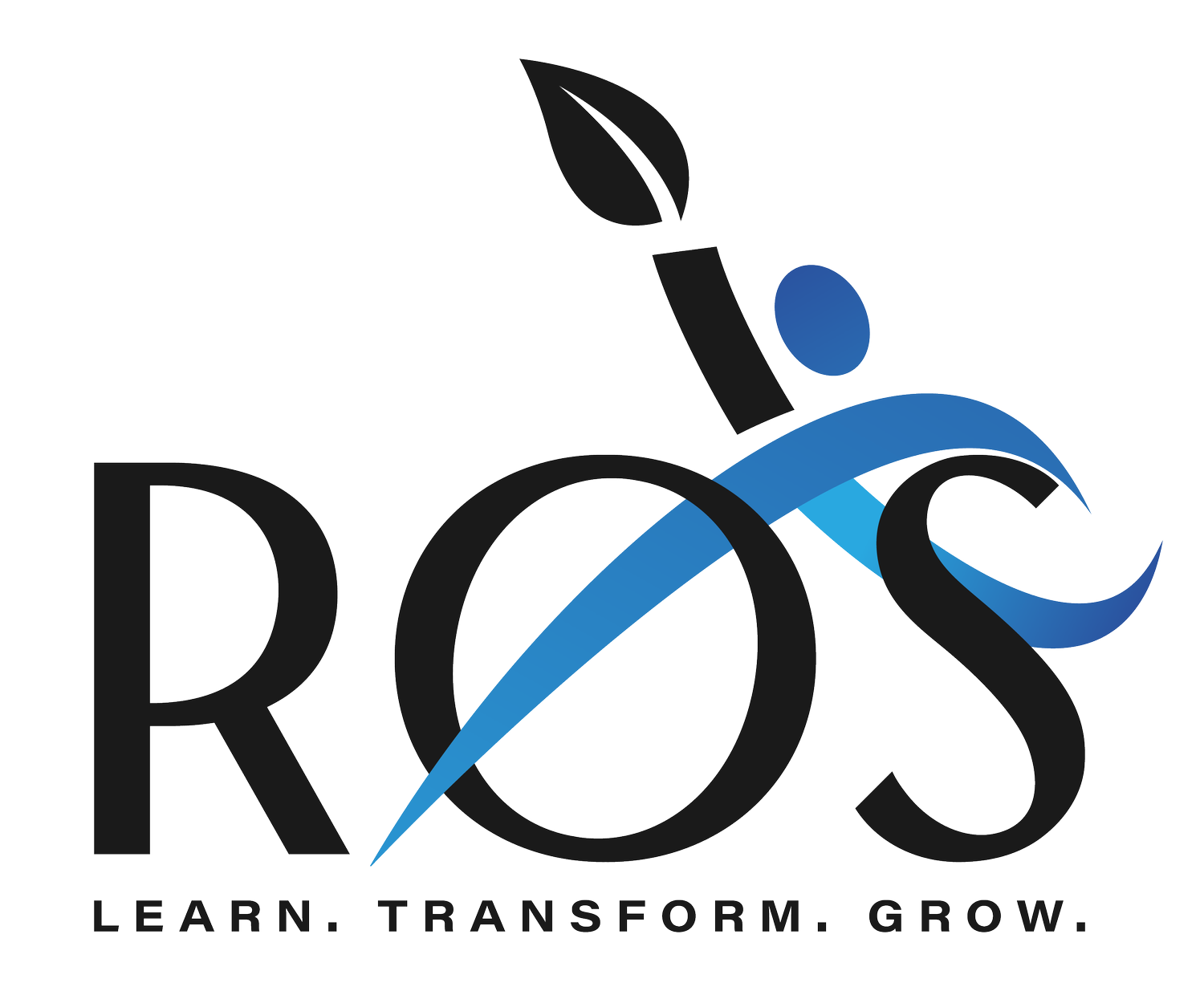The Overwhelmed Manager's Guide to Leading Hybrid Teams: 5 Steps to Regain Control Without Burning Out

You're juggling more than ever. Your team is scattered across time zones, your workload has doubled since the last round of layoffs, and you're expected to maintain the same level of performance while managing people you barely see in person. If you're feeling like you're drowning in the complexity of hybrid leadership, you're not alone.
The shift to hybrid work has fundamentally changed what it means to manage a team. You can no longer rely on walking by someone's desk to check progress or reading the room during impromptu hallway conversations. Instead, you need to lead with intention, structure, and: most importantly: without burning yourself out in the process.
Here's a practical framework to help you regain control and create the sustainable leadership approach your hybrid team actually needs.
Step 1: Design Intentional Leadership Systems (Not More Meetings)
The biggest mistake overwhelmed managers make is trying to replicate in-office management remotely. You end up with more check-ins, more status updates, and more meetings that don't actually move work forward.
Instead, replace your informal management habits with structured systems that work across locations and time zones.
Create purposeful weekly touchpoints. Your team standup shouldn't be a status report: it should focus on removing blockers, aligning on priorities, and fostering connection. Keep it tight, keep it strategic, and make sure everyone leaves knowing exactly what matters most this week.
Establish clear communication guidelines. When does someone send an email versus a Slack message versus scheduling a video call? Which tools do you use for different types of collaboration? These decisions might seem minor, but unclear communication protocols create constant friction and decision fatigue for everyone.

Build structure around project collaboration. Regular project meetings where team members discuss progress, ask for help, and clarify next steps aren't micromanagement: they're the scaffolding that keeps distributed work organized. The key is making these meetings about problem-solving and coordination, not reporting.
This shift from reactive to proactive management actually reduces your daily burden. When processes are clear and expectations are explicit, your team needs less guidance and you spend less time putting out fires.
Step 2: Practice Ruthless Prioritization (And Manage Up)
Here's the hard truth: you cannot do it all. You cannot manage a larger team with the same resources, maintain pre-pandemic performance standards, and handle every request that comes your way. The sooner you accept this reality, the sooner you can start making strategic choices about where to focus your energy.
Identify your Most Important Thing (MIT) daily. Before you open your email or join your first meeting, decide which task will make your day a success. Front-load your schedule with this priority work. When fires inevitably emerge, you'll have already made progress on what matters most.
Have explicit conversations with your manager about competing priorities. Your leadership may not fully understand the reality of what you're managing. Don't suffer in silence. Frame these conversations around trade-offs: "We can deliver the product launch on time, or we can handle the client escalation requests, but we can't do both at the current quality standard. Here are the options and implications of each choice."
This isn't complaining: it's strategic leadership. You're helping your organization make informed decisions about resource allocation and setting realistic expectations about what's actually achievable.
Step 3: Build Trust Through Transparent Communication
In a distributed environment, you lose the informal feedback loops that kept everyone aligned. The casual conversations, the ability to read body language, the ambient awareness of who's struggling: all of that disappears. You need to intentionally rebuild these connection points.
Communicate your hybrid policies clearly. Where do people need to be, when, and why? But here's the critical part: tie these requirements to business outcomes, not arbitrary rules. Your team should understand the logic behind your decisions, not just comply with them.
Make space for genuine connection. This doesn't mean forced team-building activities. It means creating opportunities for your team members to know each other as people, not just job functions. Start meetings with a few minutes of personal connection. Share wins and challenges openly. Model the vulnerability you want to see from your team.

Ensure equitable access to opportunities. Remote and in-office team members should have equal access to professional development, stretch assignments, and informal mentorship. If you're not intentional about this, you'll accidentally create a two-tier system that damages morale and performance.
The goal isn't to recreate office culture virtually: it's to build something new that serves your team's actual needs for connection, clarity, and growth.
Step 4: Focus on Outcomes, Not Activity
One of the most exhausting aspects of managing hybrid teams is the temptation to over-monitor. When you can't see people working, it's natural to want more status updates, more check-ins, more proof that work is happening. But this surveillance approach creates more work for everyone and destroys the trust that makes hybrid teams successful.
Redefine performance around outcomes, not hours. What does success look like for each role? What are the key deliverables, deadlines, and quality standards? When these expectations are clear, you don't need to track when someone is working: you can focus on what they're producing.
Give clear ownership and trust the process. Remote team members naturally develop stronger self-management skills and collaboration habits. Instead of fighting this independence, design your team structure to leverage it. Assign clear ownership of outcomes, establish regular check-in rhythms, and then trust your team to manage their work.
Use asynchronous work to your advantage. Not everything needs to happen in real-time. Encourage your team to document decisions, share updates asynchronously, and collaborate across time zones without requiring everyone to be online simultaneously. This reduces meeting fatigue and gives people more control over their schedules.
This outcome-focused approach actually requires more upfront clarity but less day-to-day oversight. You move from coordinator to strategic leader, which is both more sustainable and more valuable to your organization.
Step 5: Protect Your Own Resilience and Model Healthy Boundaries
You cannot lead a healthy hybrid team while burning out yourself. Your stress signals to your team that the current pace isn't sustainable, which creates a cycle of anxiety and overwork that damages everyone's performance.
Set clear boundaries around communication. If you're sending messages at 11 PM, your team assumes they need to be responsive at those hours too. Model the behavior you want to see by establishing clear windows for work communication and sticking to them.

Pay attention to your stress signals. Feeling overwhelmed by your workload, constantly putting out fires, or struggling to disconnect from work are all signs that you need to revisit your systems. Usually, this means you haven't prioritized ruthlessly enough, your processes need more structure, or you need to have another conversation with your manager about realistic expectations.
Invest in your own development. Leading hybrid teams requires different skills than traditional management. Seek out training, coaching, or peer learning opportunities that help you build these capabilities. This isn't selfish: it's strategic. Your growth directly impacts your team's success.
Remember that perfect isn't the goal: sustainable is. Some weeks will be messier than others. Some team members will need more support than others. The goal isn't to eliminate all challenges but to build systems that can handle normal business complexity without requiring heroic effort from you or your team.
Building Sustainable Hybrid Leadership
Leading hybrid teams isn't just about adapting to remote work: it's about designing a completely different approach to management that prioritizes clarity, trust, and outcomes over presence and activity. This shift requires more intentional structure upfront but creates more sustainable leadership over time.
The managers who thrive in hybrid environments aren't the ones who work the most hours or attend the most meetings. They're the ones who build systems that work regardless of location, prioritize ruthlessly, and protect their own capacity to lead effectively.
Your team doesn't need you to be available 24/7 or to solve every problem personally. They need you to provide clear direction, remove obstacles, and create an environment where they can do their best work: whether they're in the office, at home, or somewhere in between.
If you're ready to move from overwhelmed to intentional in your hybrid leadership approach, we're here to help. At ROS Professional Partners, we work with managers and organizations to build sustainable systems that support both performance and well-being. Because the best teams aren't the ones that work the hardest( they're the ones that work the smartest.)
